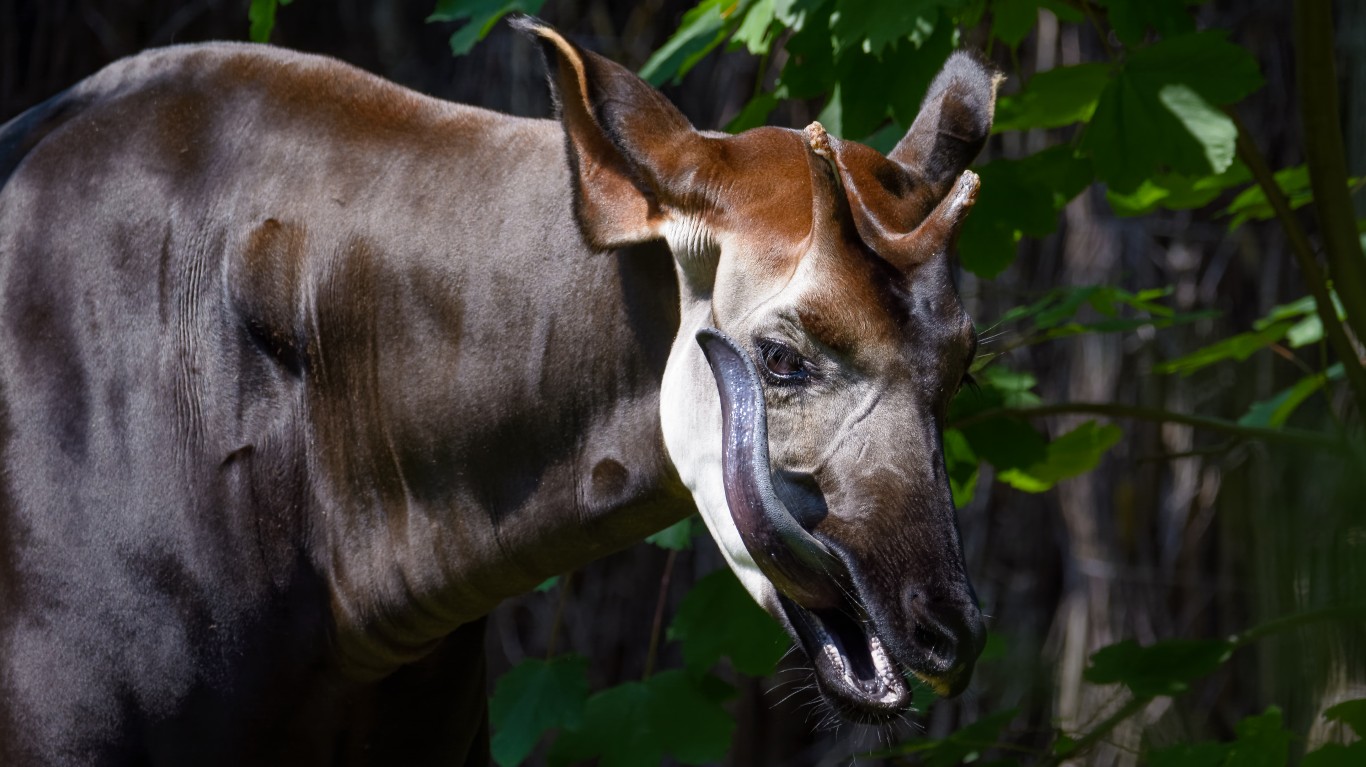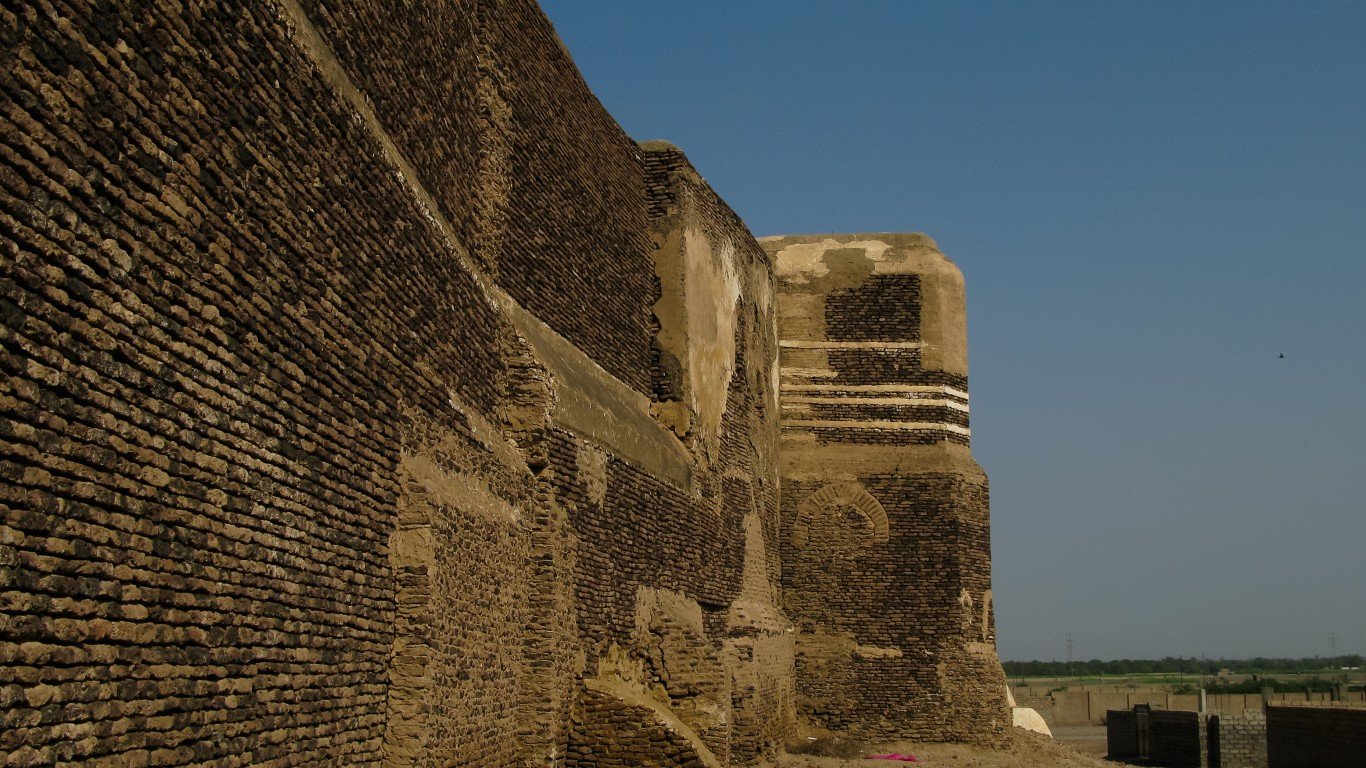Garamba National Park (1996)
> Location: Democratic Republic of the Congo
Garamba National Park, at 1.2 million acres, boasts impressive savannas and grasslands, and its swampy area is the habitat of elephants, giraffes, hippopotamus, and the very rare white rhinoceros. The park is surrounded by three delineated hunting grounds that help reduce poaching. UNESCO believes the park needs a comprehensive management plan.
Manovo-Gounda St. Floris National Park (1997)
> Location: Central African Republic
You’ll find black rhinoceroses, elephants, cheetahs, leopards, red-fronted gazelles, buffalo, and waterfowl present on the savannas and floodplains of Manovo-Gounda St. Floris National Park, which spans 4.2 million acres. Pressure from grazing and threats from poaching have highlighted the need for better park management.

Kahuzi-Biega National Park (1997)
> Location: Democratic Republic of the Congo
In Kahuzi-Biega National Park, you’ll find a tropical forest that’s home to one of the last groups of eastern lowland (graueri) gorillas. There also are two extinct volcanoes, Kahuzi and Biega, in the 1.4 million-acre park. When the park was created in 1975, it included neighboring villages. That has created ongoing border disputes and interfered with conservation efforts.

Okapi Wildlife Reserve (1997)
> Location: Democratic Republic of the Congo
The Okapi Wildlife Reserve is in the northeast part of the Democratic Republic of the Congo. The reserve features spectacular waterfalls on the Ituri and Epulu rivers, dense evergreen forests, and swamp forests. It is home to many threatened species of primates and birds, as well as about 5,000 of the estimated 30,000 okapi, or forest giraffe, living in the wild. The challenges facing management are immigration control and encroachment by agriculture.

Historic Town of Zabid (2000)
> Location: Yemen
Zabid was the capital of Yemen from the 13th to the 15th century and was important in the Muslim world because of its Islamic university. Zabid has 86 mosques, more than any other city in Yemen. The city is closely connected to the spread of Islam in the early years of the religion. Although the city is protected by an antiquities law, a master plan to oversee the historic area is still under consideration.








